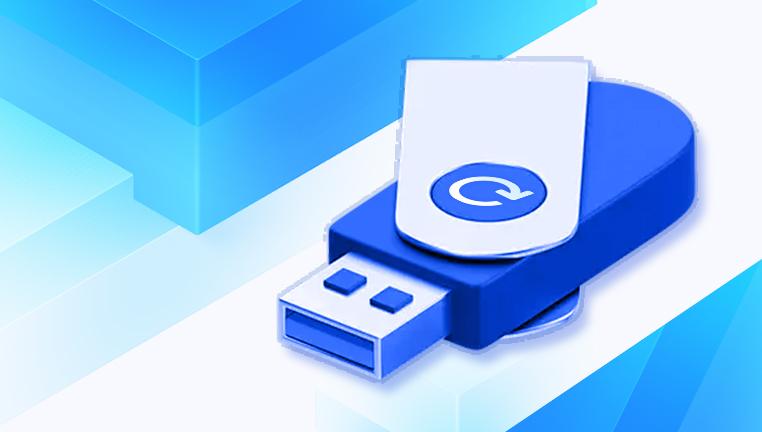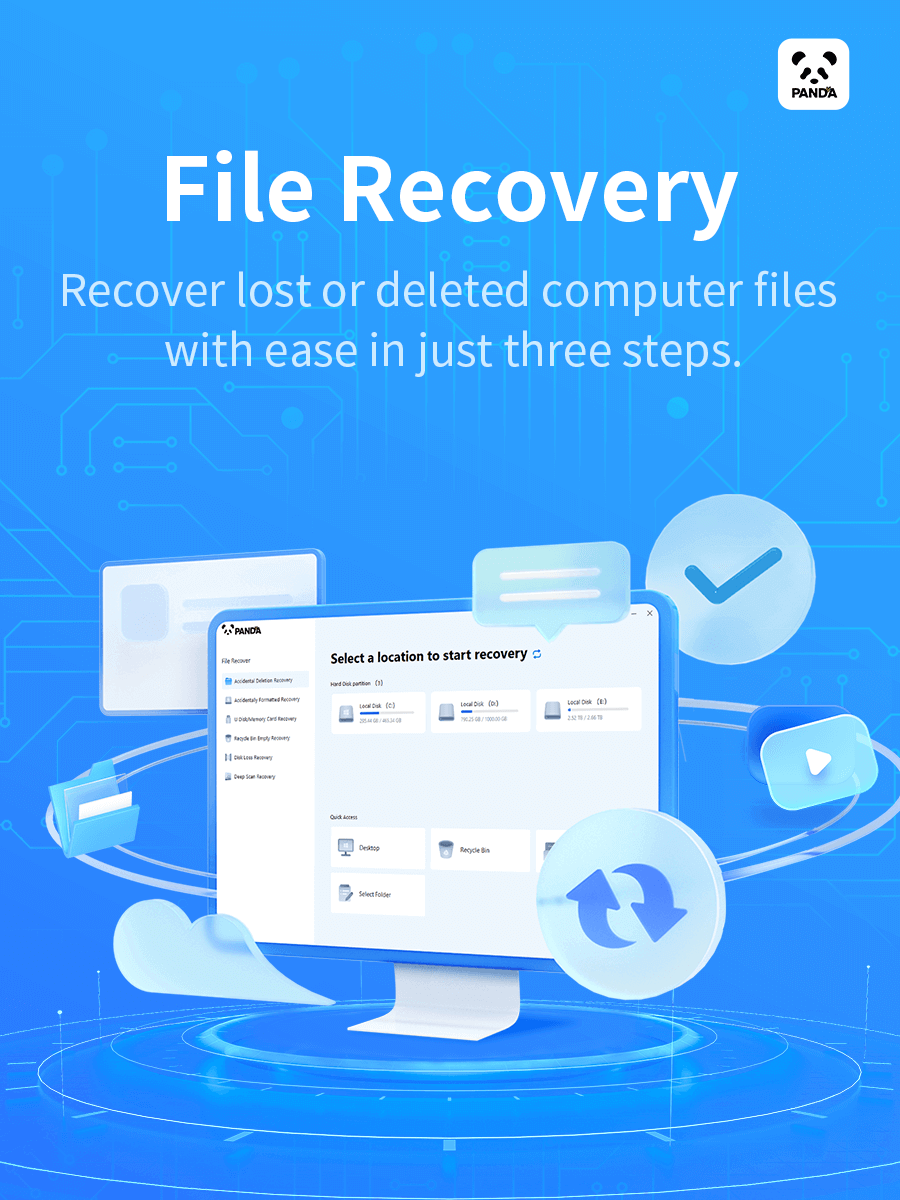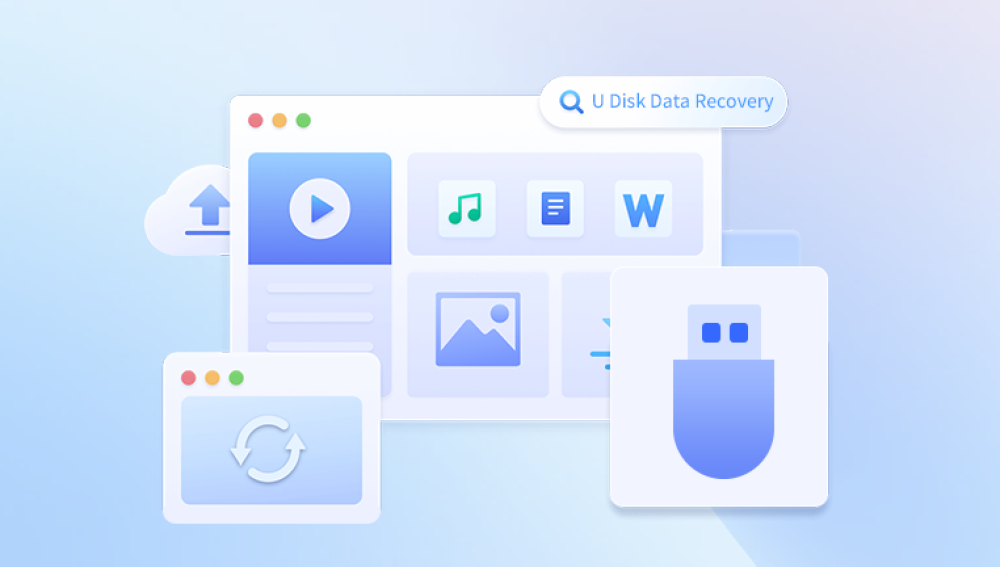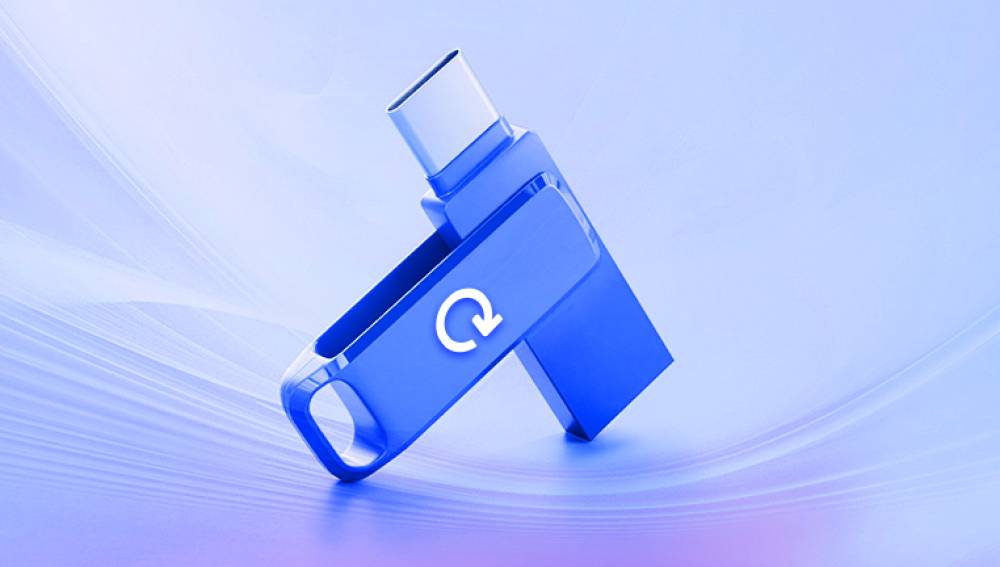When it comes to losing important files from a USB thumb drive, it can feel like a catastrophic event. Whether you accidentally deleted them, formatted the device, or experienced some form of corruption, the good news is that in many cases, you can recover the deleted files.
Step 1: Stop Using the USB Thumb Drive
The most crucial step to take immediately after losing files is to stop using the USB drive. Continuing to use it can overwrite the deleted data, making recovery much more difficult or even impossible. Do not save any new files, and avoid installing software or updating files on the drive.
Step 2: Check the Recycle Bin or Trash Folder
The first thing you should do is check your computer’s Recycle Bin (Windows) or Trash (macOS) to see if the files were moved there. Often, files are accidentally deleted but can be easily recovered from these locations. If your USB thumb drive was connected to your computer at the time of deletion, the files may end up in the Recycle Bin.

For Windows: Open the Recycle Bin from the desktop or file explorer. Look for the files you need and right-click on them to select "Restore."
For macOS: Open the Trash from the Dock. If you find your files there, simply drag them back to the desktop or right-click to select "Put Back."
If the files are not in the Recycle Bin or Trash, don’t worry. There are still other recovery methods available.
Step 3: Use Data Recovery Software
Drecov Data Recovery is a reliable software tool designed to help users recover lost or deleted files from various storage devices, including hard drives, USB thumb drives, memory cards, and more. Whether the data loss occurred due to accidental deletion, formatting errors, or drive corruption, Drecov Data Recovery offers a straightforward solution to retrieve your files with ease.
Key Features of Drecov Data Recovery
Wide Compatibility
Drecov Data Recovery supports various file systems such as NTFS, FAT32. exFAT, and HFS+, making it compatible with both Windows and macOS systems. This broad support ensures that you can recover data from most commonly used storage devices, regardless of the platform.
Easy-to-Use Interface
The user interface of Drecov Data Recovery is intuitive and simple, even for those without advanced technical skills. It provides a step-by-step process, guiding users through scanning, previewing, and recovering lost files. The clean interface ensures that even novice users can navigate through the recovery process without hassle.
Preview and Selective Recovery
One of the standout features of Drecov Data Recovery is its ability to preview files before recovery. This allows you to view the recoverable files and select only the ones you need, preventing unnecessary recovery of unwanted data.
Deep Scan Capability
Drecov Data Recovery offers a deep scan option for more thorough file recovery. This feature is particularly useful when performing a recovery on a formatted or severely corrupted drive, as it digs deeper into the storage device to recover as much data as possible.
File Type Support
The software supports a wide variety of file types, including documents, images, videos, audio files, and archives, making it suitable for recovering almost any kind of lost data.
Preview Before Recovery
Drecov Data Recovery allows users to preview files before restoring them. This helps ensure that the correct files are recovered, and it gives users more control over the recovery process.
Step 4: Use Command Prompt (Windows)
If you're comfortable with the command line, you can use Command Prompt in Windows to attempt file recovery. The built-in “chkdsk” tool can sometimes help recover lost files or fix errors that are preventing access to the drive.
Steps to use chkdsk:
Press Win + R to open the Run dialog box.
Type cmd and press Enter to open Command Prompt.
Type the following command:
bash
chkdsk X: /f
(Replace "X" with the letter of your USB thumb drive.)
Press Enter, and the system will attempt to fix any errors on the drive and recover files.
While this method doesn’t guarantee file recovery, it can sometimes help if the issue is related to file system corruption.
Step 5: Use macOS Built-in Recovery Options
If you're using a Mac, you can attempt recovery by using built-in macOS tools like Time Machine or using third-party recovery software.
Using Time Machine (Mac)
If you’ve backed up your USB drive using Time Machine, recovering files becomes much easier. Simply follow these steps:
Connect the USB thumb drive to your Mac.
Open Time Machine from the Applications folder.
Navigate to the time when the files were last present on the USB drive.
Browse through the backups to find the files you want to restore.
Select the files and click "Restore."
Using Third-Party Software on Mac
You can also use third-party software like Disk Drill or Data Rescue, similar to the Windows-based programs, to recover deleted files from your USB thumb drive.
Step 6: Professional Data Recovery Services
If you have tried all the above methods and have been unable to recover your files, it might be time to turn to professional data recovery services. These services are equipped with advanced tools and techniques for recovering data from physically damaged or severely corrupted drives.
When selecting a data recovery service, ensure they have a good reputation and offer a “no data, no fee” policy. Some of the top-rated recovery companies include:
DriveSavers
Ontrack
Secure Data Recovery
Keep in mind that professional recovery services can be expensive, and turnaround times can vary from a few days to several weeks.
Preventing Future File Loss on USB Drives
While it’s impossible to predict every data loss situation, you can take steps to reduce the chances of losing data in the future:
Backup Regularly: Always back up important files to multiple locations (e.g., external hard drive, cloud storage).
Eject the USB Drive Properly: Avoid removing the USB thumb drive while it’s still in use. Use the “Safely Remove Hardware” option in Windows or eject the drive properly in macOS.
Use File Encryption: Encrypting sensitive files on your USB drive can protect them from unauthorized access or accidental deletion.
Use a Reliable USB Drive: Invest in a high-quality USB thumb drive from a reputable brand to reduce the risk of hardware failure.
Losing files from a USB thumb drive can be a frustrating experience, but there are multiple ways to recover deleted files, ranging from using data recovery software to seeking professional help. Remember to stop using the drive immediately to prevent overwriting the deleted files, and try out different recovery methods to see which one works best for your situation.
If all else fails, you can turn to professional data recovery services for assistance, although they can be costly. Going forward, make sure to implement regular backup routines and take precautions to avoid data loss in the future.




